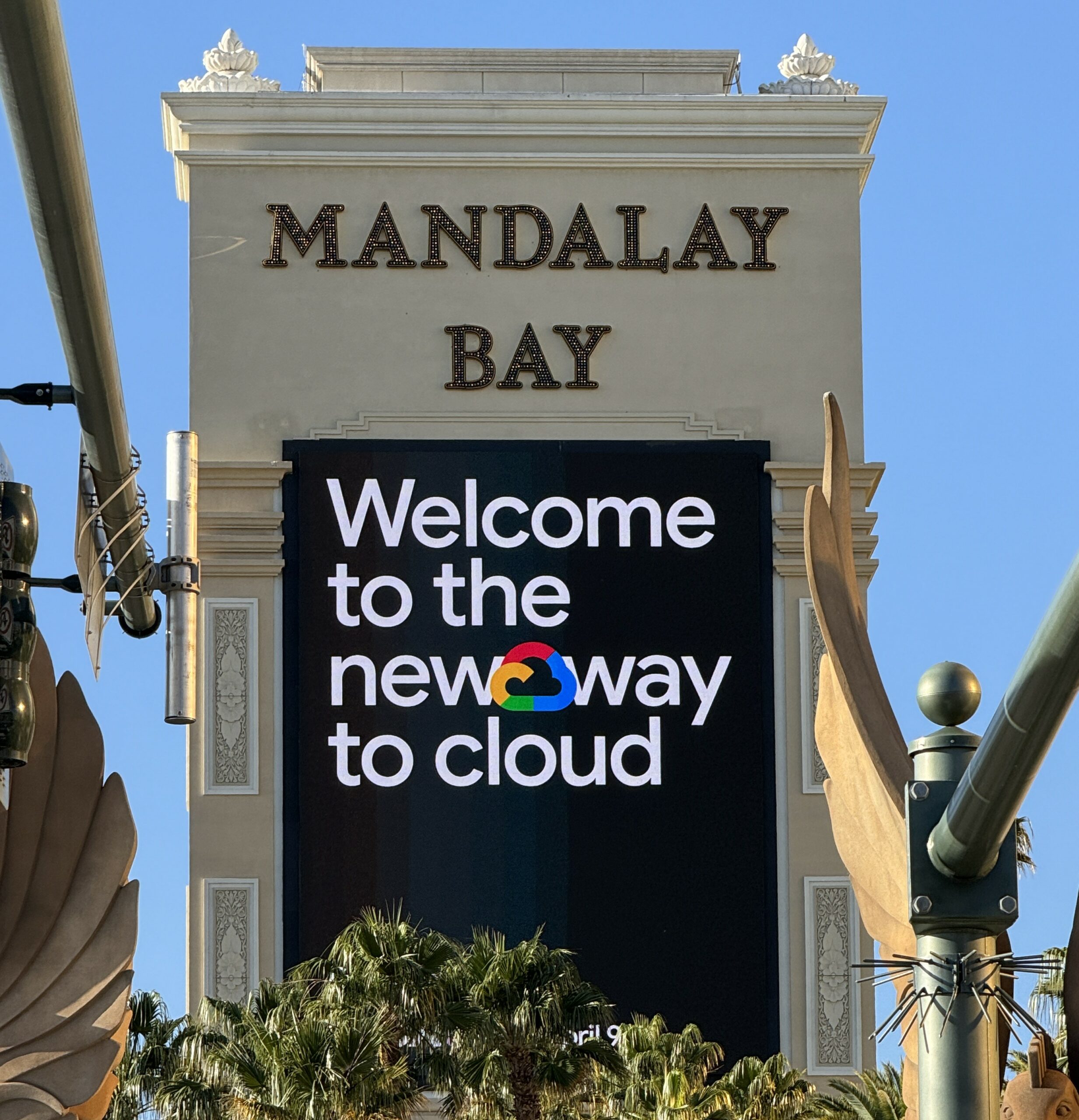




Cybersecurity in the Spotlight: The Great Challenge for the Financial Sector in Spain and Latin America.

In Spain, it is estimated that around 68% of industrial companies are considered “digital novices” or “digital followers,” indicating that they have not yet fully adopted digitalization in their businesses and need to do so to improve their competitiveness. When analyzing large datasets, there is a warning about the danger of finding spurious correlations, where variables may appear to be related without any real sense or where a third variable might be influencing the results. Therefore, it is crucial to interpret data with caution, remembering that correlation does not imply causation, and to be aware of how graphs and visualizations are constructed to avoid incorrect conclusions.

The application of Big Data strategies in the healthcare sector offers numerous benefits, including precise decision-making, improved patient experience, and cost reduction. Collecting and analyzing data can help medical professionals and healthcare administrators make informed decisions about treatments and services. Integrating patient data into a single record allows for integrated medical care, and solutions like electronic data exchange facilitate interoperability and secure clinical information transfer. Additionally, technologies like chatbots, augmented reality, and robotics in healthcare provide further benefits, improving patient admission, surgical practice, and home care. In summary, Big Data has the potential to transform healthcare, enhancing quality and reducing costs.

Industry 4.0 faces challenges related to the energy crisis and the perception of inaccessibility for small and medium-sized enterprises. Data management is the starting point for digital transformation, prioritizing its organization and strategic processing. The human factor and customer needs must guide any digital transformation strategy.

The entire insurance business concept is based on risk assessment. Whether it is property and casualty insurance or any other type of life, home, or auto policy, the main task is to assume the potential relevant risks for each client and predict the likelihood that the policyholder will file a claim.

Both CRM and CDP technologies are valuable tools but serve different purposes. While CRMs focus on managing customer interactions, CDPs concentrate on collecting and understanding customer behavior data. The choice depends on the specific needs of each business: sales and service roles may benefit more from a CRM, while customer management strategy roles might leverage a CDP more effectively. Ultimately, it’s important to assess what kind of information is needed and how it will be used to make more informed business decisions and provide personalized customer experiences.
Subscribe to our periodic Technology News digest.

©2023 Zentricx – All Rights Managed.